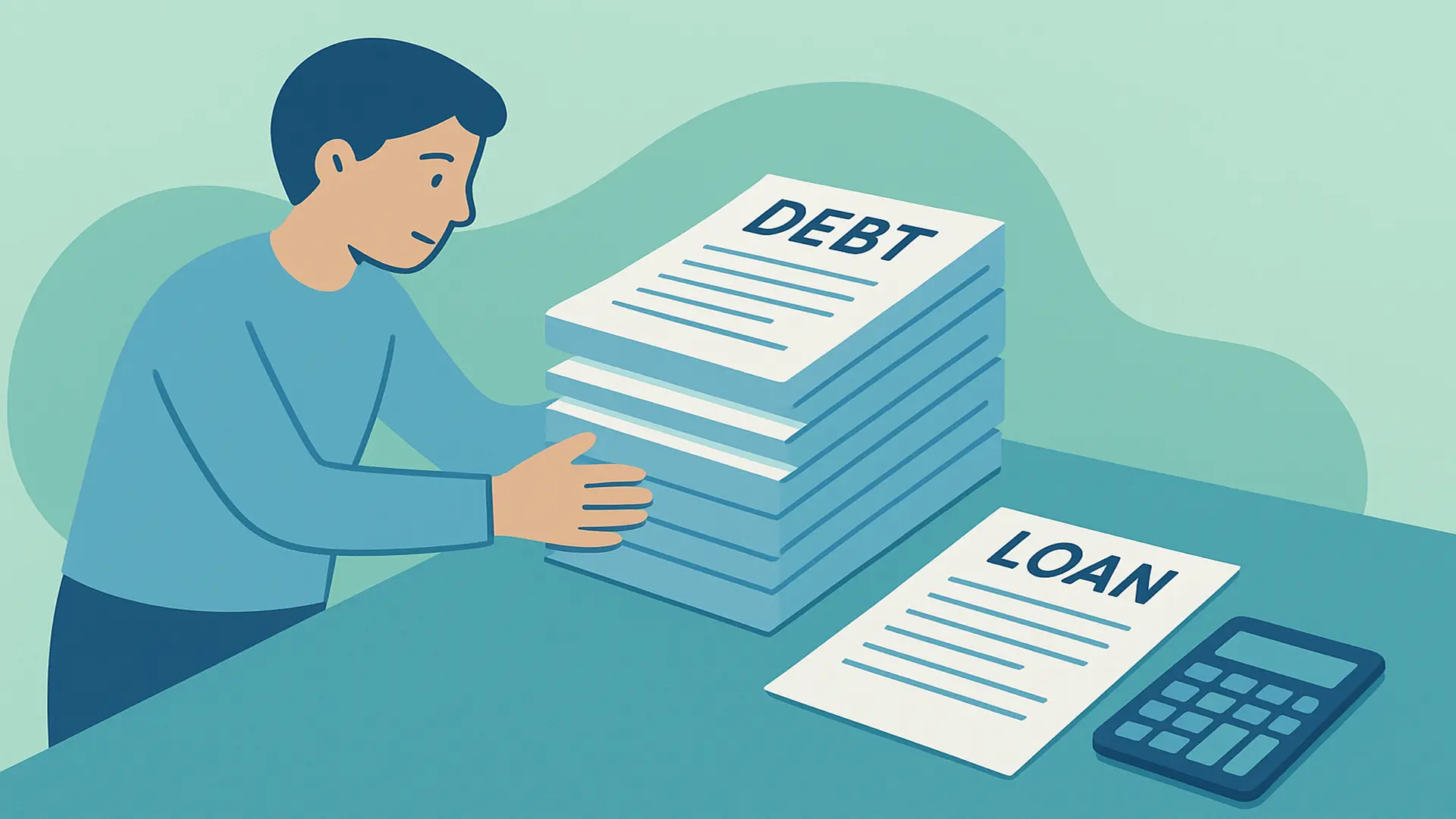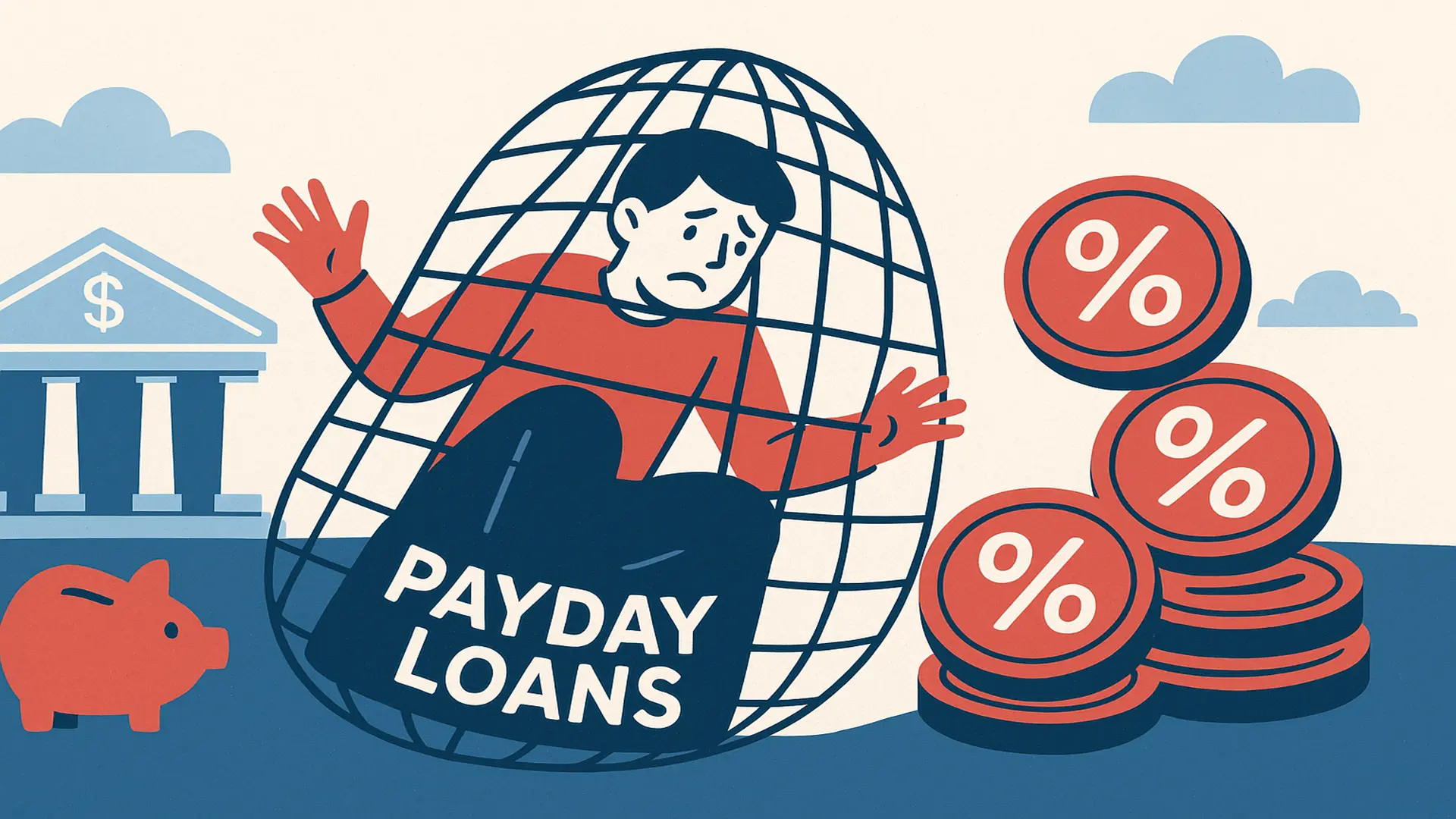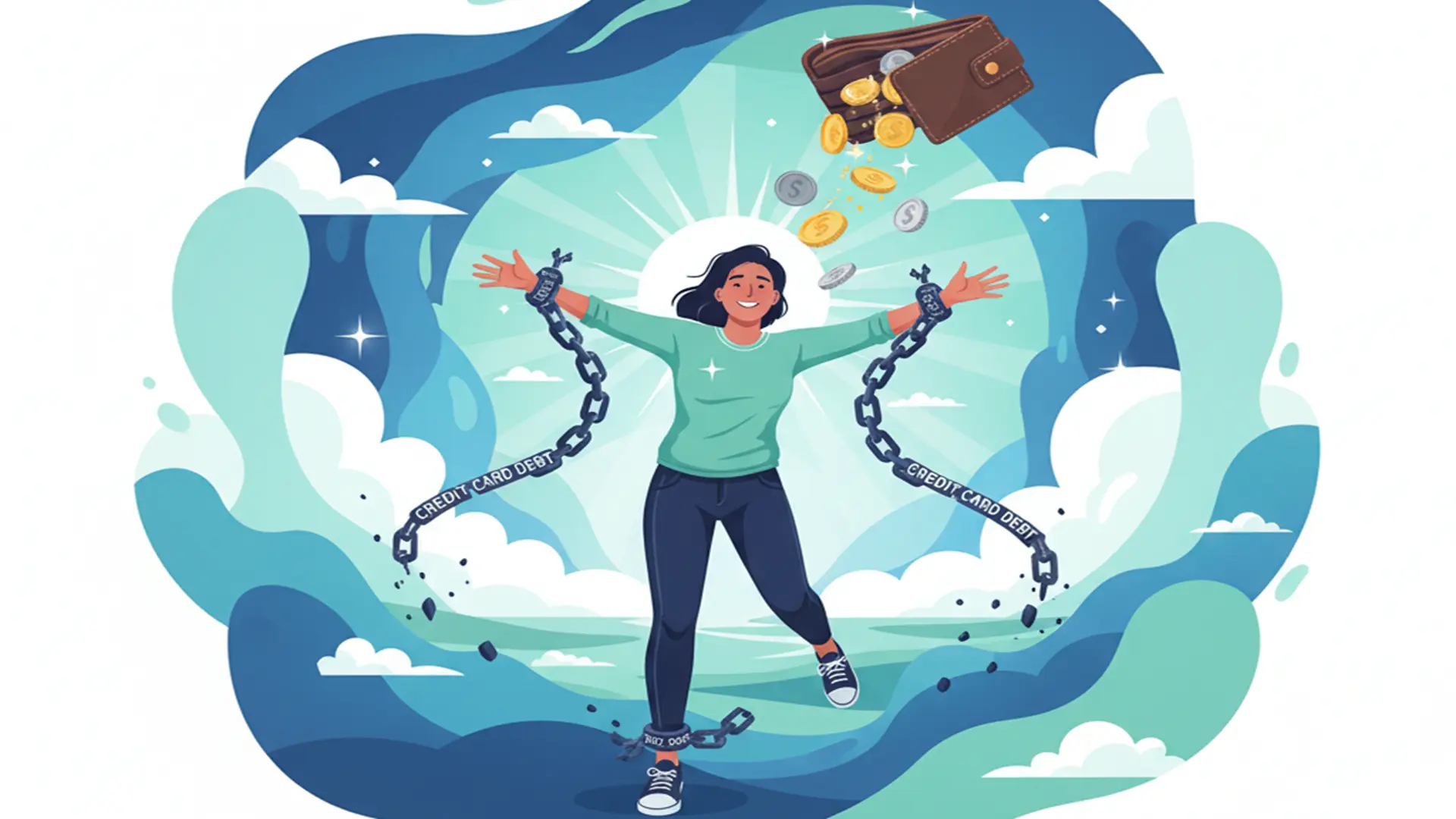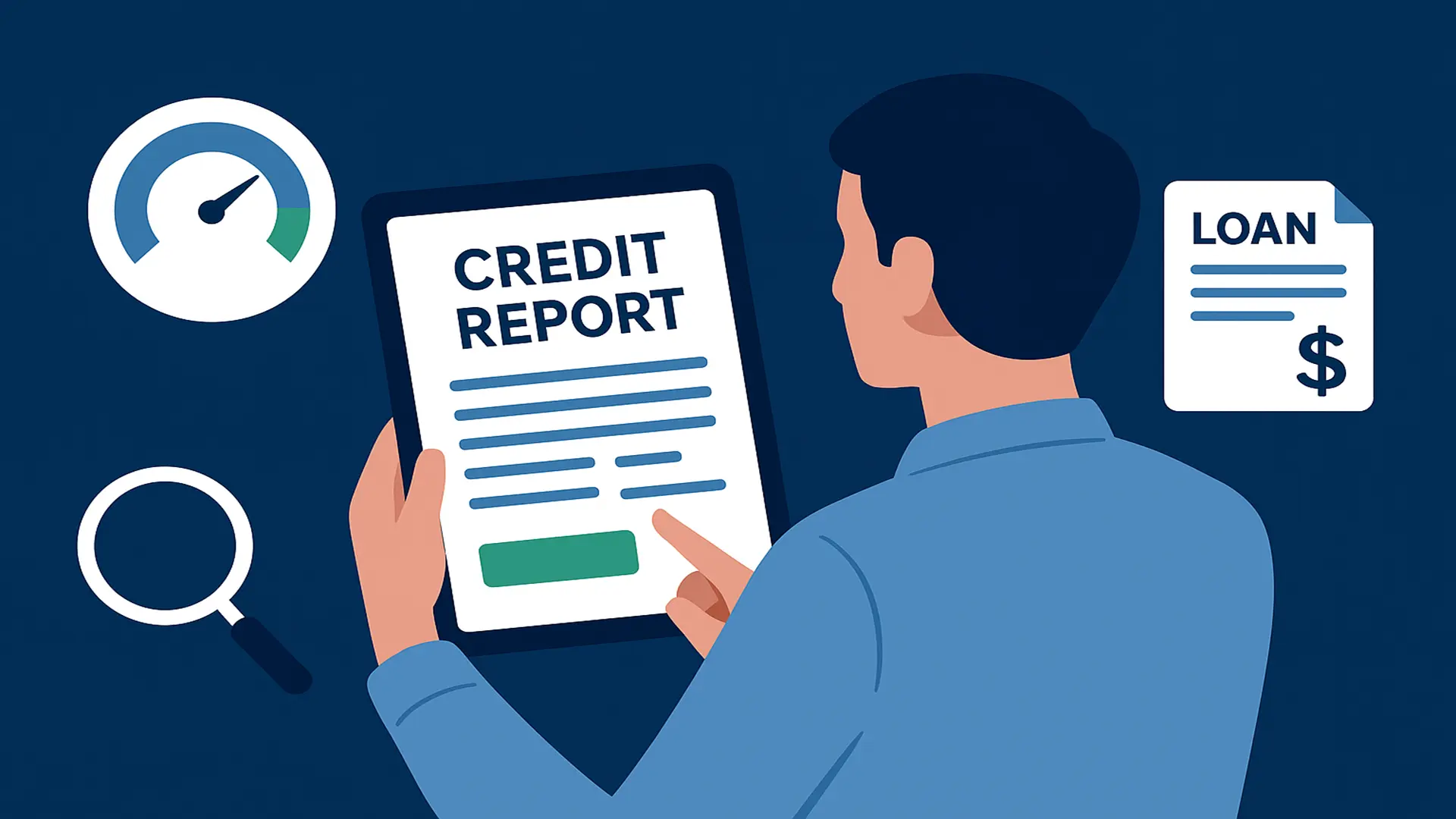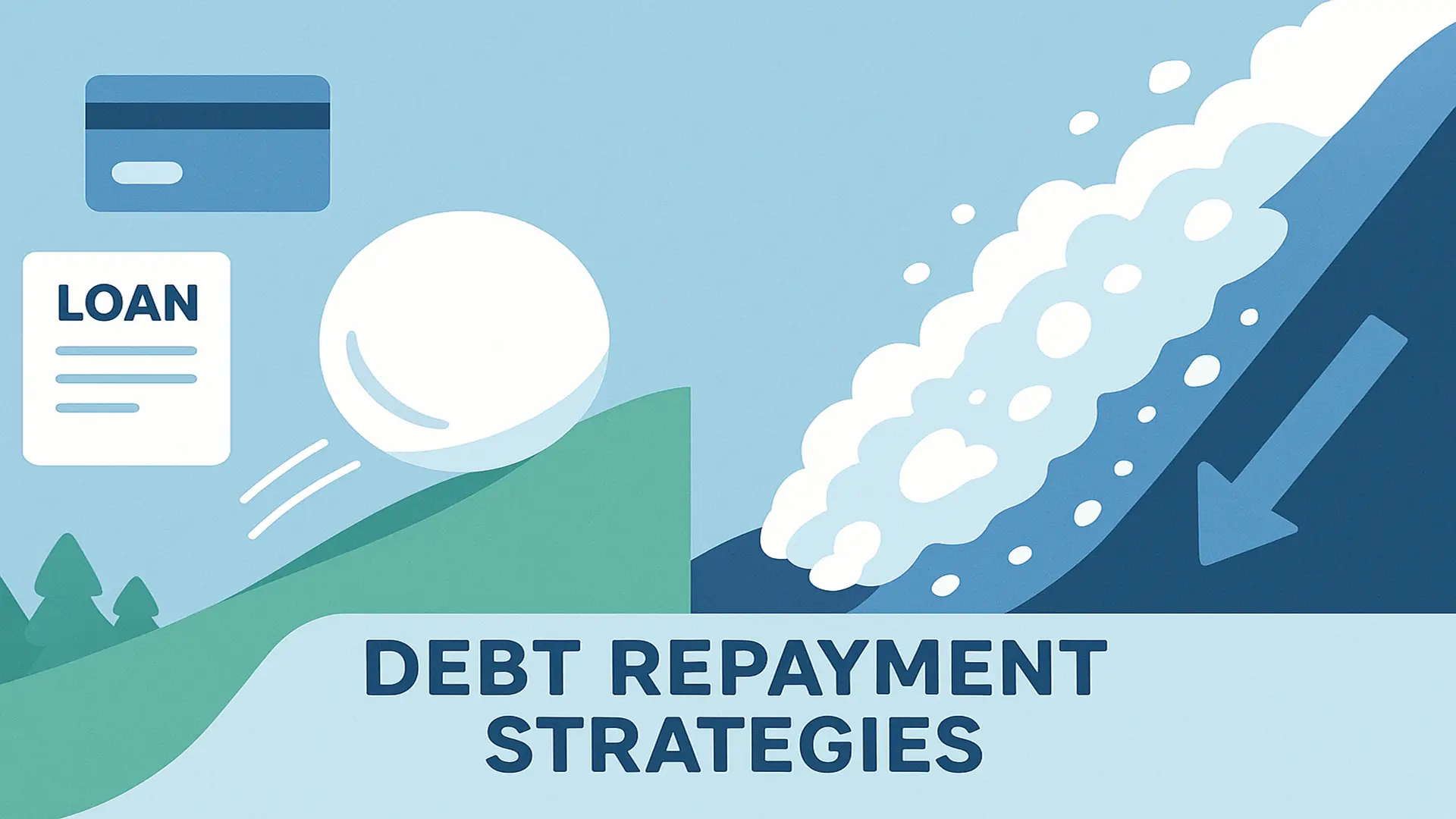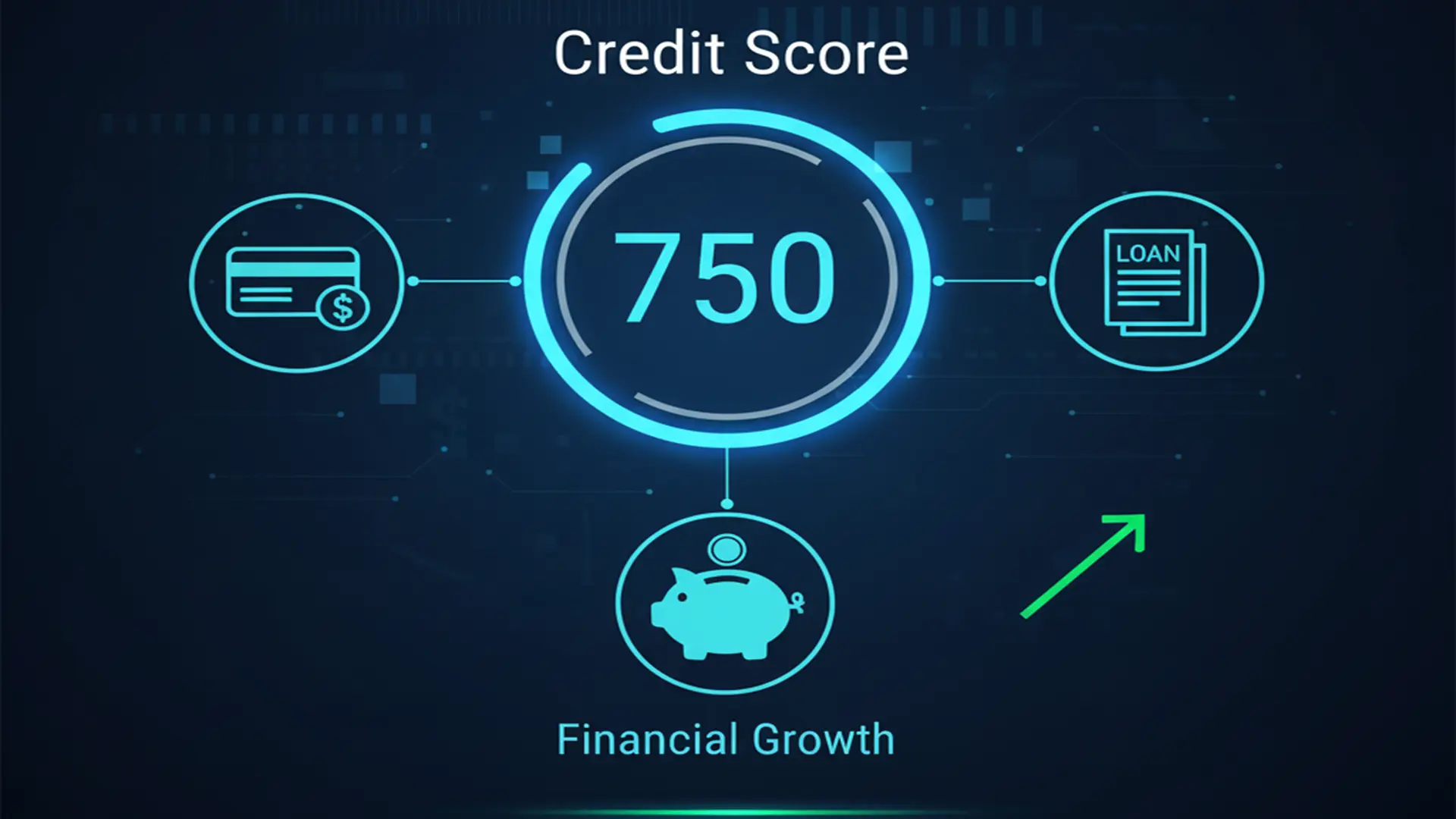The pressure of managing multiple debts can become daunting, especially for households that are struggling with personal loans, credit cards or other charges. Debt consolidation can help by consolidating debts into one smaller, easier to manage payment. If done correctly, it could lower interest rates and ease the burden on your finances. If you are on an extremely tight budget, successful consolidation can be a way to achieve financial freedom. This article will help you consolidate debt successfully to avoid costly mistakes, and manage your financial affairs.
What is Debt Consolidation?
The process of consolidating multiple debts into a single arrangement, either a loan or a payment plan usually with a lower rate of interest or a longer duration of repayment. For instance, you could combine a credit card with a balance with a personal loan into a credit of Rs50,000. This will make tracking simpler and could lower monthly installments. In India banks and NBFCs provide consolidation loans and transfers of balances.
For people with low incomes, consolidating can help make debt repayment more affordable. A report on financials for 2025 shows 60 percent of consolidation loan customers in India can save 15% to 20 percent on interest. But, consolidation is a process that requires careful planning in order to avoid new debts or additional costs that may not be apparent.
Why Consolidate Your Debt?
Multiple debts have several due dates and interest rate and payment dates, which can stress a budget. Consolidation helps reduce the complexity to one installment which makes it simpler to manage. It also helps lower interest rates. For instance, combining an existing debit card to a personal loan will save thousands each year.
For families with low incomes, consolidating can help you save money for necessities such as rent or food. Consolidation can also boost the credit rating by decreasing your credit utilization and ensuring timely payment. In 2025, a CIBIL study revealed that consistently payments following consolidation improve score by between 30 and 50 points in an entire year.
Step 1: Assess Your Current Debts
Make a list of all your debts that you have, including amounts, interest rates and monthly installments. For instance, you could have a credit card of Rs15,000 with a 40% interest rate as well as a personal loan of Rs25,000 at 15 percent and a retailer EMI at 20 percent. Total debt: Rs50,000. Be aware of minimum payment and due dates so you can understand your obligations.
Calculate the amount you can repay in your budget. If you earn an income of Rs20,000 per month and you spend Rs12,000 on your essentials You have an amount of Rs8,000 to cover repayment of debt and other expenses. This process helps you decide whether consolidation is possible and also what conditions you require for a loan.
Step 2: Explore Consolidation Options
There are a variety of consolidation options available There are a variety of consolidation options available in India. Bank loans for personal use such as SBI or HDFC that offer rates of 10 to 15% by 2025, are very common. These loans help pay off current debts and leave just one EMI. Credit cards for balance transfer offer low or no-cost beginning rates for a period of 6 to 12 months, which is ideal for debts incurred through credit cards.
Plans for managing debt through credit counseling companies are a different alternative. They negotiate reduced rates for creditors, and then create a single plan of payment. For those with low incomes the personal loans are usually the most affordable, however you should compare terms to avoid costly costs.
Step 3: Compare Interest Rates and Fees
The aim of consolidation is to lower expenses. Find loans that have lower rates of interest than the debts you currently have. As an example replacing a credit card interest rate with a personal loan can save significant interest. Be sure to check for processing charges typically 1 to 2 percent of the loan’s amount as well as prepayment penalties.
Utilize online tools such as BankBazaar which is a popular tool among India from 2025 on, in order to evaluate the rates of loans. For a loan of Rs50,000 the 2% cost will add Rs1,000, so take this into. People with low incomes should choose banks that are regulated over apps that are not regulated to avoid hidden costs.
Step 4: Apply for a Consolidation Loan
After you have chosen a choice you can request a credit or balance transfer. You must provide documents such as ID evidence as well as income slips and bank statements. Banks in India typically require a minimum of between Rs15,000 to Rs20,000 monthly to get personal loan. If your earnings are less you may want to consider secured loans secured with fixed deposit.
The new loan should cover all debts that are currently outstanding to ease the payments. For instance an amount of Rs50,000 would pay off your credit card of Rs15,000 and personal loan of Rs25,000 completely. Don’t take out a bigger loan than what is needed to avoid the creation of new debt.
Step 5: Pay Off Existing Debts
Make use of this loan consolidation to settle all of the listed dues as soon as possible. Make contact with each debtor in order to confirm that there are no balances and to request the closing of old accounts, if required. Credit cards that are open with zero balances can boost the credit rating of your client, however, be careful not to use them.
For families with lower incomes, you can make sure to automate the new loan’s EMI to guarantee timely payments. In 2025, an Experian report reveals that late payments following consolidation could lower score by up to 50 points. Verify that all debts have been cleared in order to avoid any overlapping payments.
Step 6: Stick to a Budget and Avoid New Debt
Consolidation can only be effective when you stop adding debt. Make a budget following the 50/30/20 rule. 50% for your needs and 30% for wants, and 20 percent for debt repayment, and savings. For a Rs20,000 income, allocate Rs4,000 to debt repayment. Eliminate unnecessary expenses, like subscriptions, to free money.
Earn more money through side hustles such as online delivery or tutoring. This can bring in the amount of Rs2,000 to Rs5,000 per month. Platforms such as Swiggy or UrbanPro are available by 2025. Being disciplined will stop the cycle of debt from returning which will ensure the success of consolidation.
Avoiding Common Pitfalls
Consolidation isn’t the answer to all. Beware of loans that have higher fees or terms that can increase interest. Avoid using credit cards with free balances because new charges could thwart your efforts. People with low incomes should avoid lenders who aren’t regulated that offer “easy” consolidation, as they can charge astronomical fees.
If you’re struggling, seek assistance by contacting credit counselors or the RBI’s financial assistance lines. A study in 2025 revealed 30 percent of consolidating customers get back into debt with no any budget. Keep your commitment to your strategy for lasting outcomes.
Conclusion
Debt consolidation can help you simplify your financial situation and help you save cash, especially for those with low income households. Through assessing your debts, selecting the best method, comparing rates and adhering to the budget, you can get rid of debt quickly. This decreases stress, increases scores on credit, and opens up money to save. Get started today with a clearly-defined strategy, and be in charge in your future financial situation.
FAQ
Q: Is debt consolidation suitable for low-income earners?
A: Yes, it simplifies payments and can lower interest rates, but you must stick to a budget to avoid new debt.
Q: How do I know if a consolidation loan is affordable?
A: Ensure the EMI fits within 20% of your income, like ₹4,000 on a ₹20,000 salary, after essentials.
Q: Can consolidation hurt my credit score?
A: Initially, a hard inquiry may lower your score by 5–10 points, but timely payments improve it over time.
Q: Are balance transfer credit cards a good option?
A: Yes, if they offer low or 0% rates, but watch for transfer fees and ensure repayment before the promotional period ends.
Q: What if I can’t qualify for a consolidation loan?
A: Explore secured loans, credit counseling, or negotiate directly with creditors for lower rates or payment plans.
